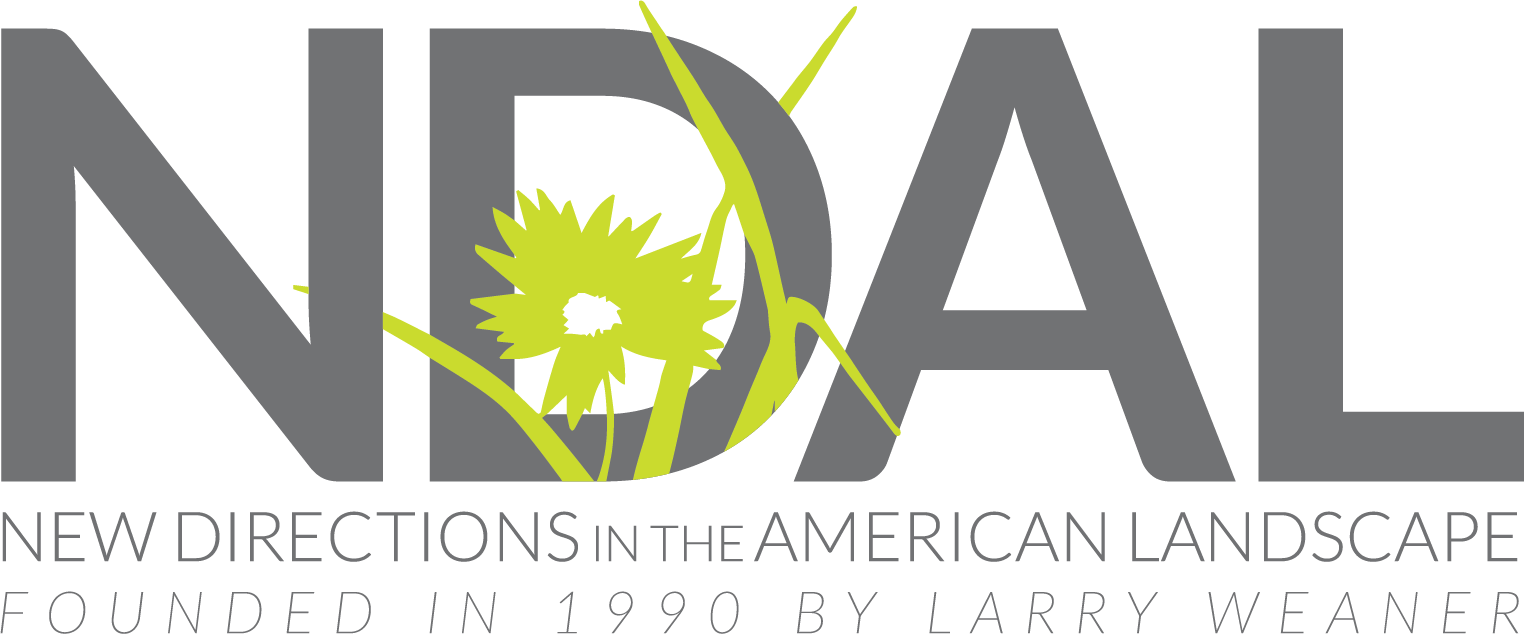
For Homeowners / Land Managers
Organic Land Care is a sustainable ecological landscaping system that promotes and enhances biodiversity, biological cycles, and soil biological activity. It is based on minimal use of off-site inputs and on management practices that restore, maintain, and enhance ecological harmony and beauty in urban and suburban landscapes and gardens.
“Organic” means landscaping with no synthetic pesticides of any kind (insecticides, herbicides, fungicides, etc.) and with no synthetic fertilizers or soil amendments.
Organic landscaping addresses three of the world’s main environmental challenges: climate change, loss of biodiversity, and excess nitrogen.

Getting Started with Organic
The OLC program offers a “Going Organic” checklist and introductory resources for homeowners and land managers getting started with an organic lawn, garden, or yard.

Find an Organic Professional
The word “organic” is not regulated for land care as it is for food and farming. Landscapers and land care companies that call themselves “organic,” "ecological," or "sustainable" may not all use those words in the same ways. It can be hard to know what kind of service you’re getting.
With an Accredited Organic Land Care Professional (AOCLP) you know you are working with a professional who is trained in organic land care and pledges to follow the principles and practices set forth in the NOFA Standards for Organic Land Care.
Look for the AOLCP badge for organic land care that you can trust.
The Standards for Organic Land Care
The NOFA Standards for Organic Land Care: Practices for Design and Maintenance of Ecological Landscapes present a vision of how organic agricultural principles can be applied to the landscaping profession, defining "organic" for landscaping as the USDA defines "organic" for agriculture.







